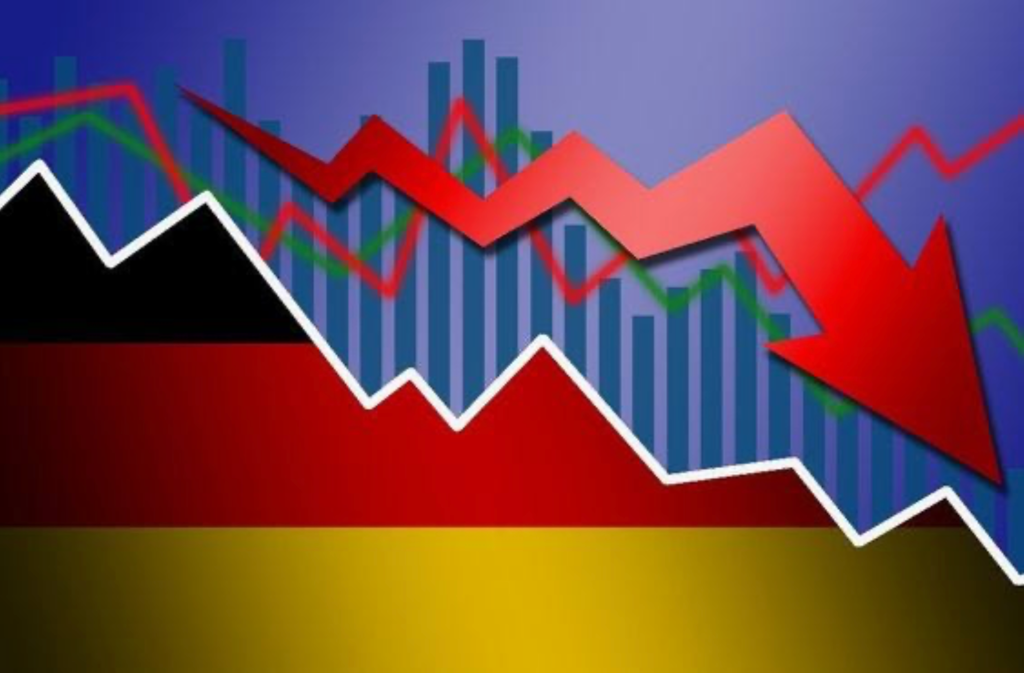By: Joseph Yoo
Government intervention changing consumers’ consumption habits? Well, it might not be as crazy and it might be achieve a partial solution to the obesity problem.
Introduction:
Unhealthy food and drinks have long been the focal point of the growing concerns related to the increase in obesity. More recently states and cities in America have been taking steps towards combating this issue by proposing taxes on beverages high in sugar and trying to tax foods high in saturated fats. This is because economic theory suggests that as prices rise for unhealthy foods, consumers will consume less or substitute with a hopefully healthier alternative. However, studies have revealed that it is much more difficult to get consumers to change their eating habits and preferences. But that doesn’t mean the government should give up on trying to reform the diet of the people. By focusing taxation more on sugary beverages and promoting more health awareness programs, the government may be able to reduce the rising rates overweight and obesity.
Why Taxing Food is Tricky
Trying to tax unhealthy foods has been proven to be ineffective because consumers tend to consume less of the unhealthy foods instead of switching to healthier alternatives. In an article in The British Medical Journal, researcher Oliver Mytton notes that: “observational data suggest that food consumption is relatively insensitive to price changes, the proportional change in consumption being less than the proportional change in price” (Mytton). If the government’s end goal is to increase the well-being of its citizens, taxing food may be the incorrect solution because by raising prices, consumers whose preferences are heavily skewed towards unhealthy food will end up having to consume at a lower indifference curve.

Looking at figure 1, originally, the consumer was able to consume at the intersection of indifference curve U2 and budget line L1. After the prices rise, the new budget line is L2 and the consumer is now consuming at the intersection of U1 and L2. The consumer’s overall utility has fallen because the consumer is now on a lower indifference curve. It is also important to note that the consumer doesn’t increase consumption of healthy food, even though it becomes relatively cheaper. This is because the substitution effect is weaker than the income effect. While it can be argued that decreased consumption of unhealthy foods is a positive, it is important to keep in mind that simply aiming to decrease the amount of unhealthy food consumed is a poor measure for actual improvements in general population health because decreased consumption does not necessarily lead to healthier choices made by individuals.
Considering the social cost of a tax
Furthermore, when analyzing the market as a whole, the increase in price will lower producer and consumer surplus so the government must strongly consider if the gains from the tax outweigh the social costs of the tax.

In figure 2, the producer is originally able to sell at price P and quantity Q1. However, the introduction of the tax means that the demand shifts to the left and consumers now consume less at quantity Q2 and pay P2 while producers receive price P2-tax. The red shaded area represents the loss of consumer surplus while the blue shaded area represents the loss of producer surplus. Imposing a tax results in less production, consumption, revenue, and deadweight loss, which is represented by the shaded area between Q1 and Q2. It is important to note that the increase in price means that more price sensitive consumers will feel the effect of the price change. If the government really wanted to force consumers to switch to healthier alternatives, they would have to impose very high taxes on unhealthy foods which ultimately results in the disproportional effect on lower income families. While the taxation of unhealthy foods would result in decreased consumption, policy makers must be wary of the social costs.
Is Taxing Sugary Drinks a Solution?
Although all the social costs of taxing certain foods may not be clear, studies have shown that taxing is an effective tool for curbing the consumption of sugar sweetened beverages. While it may seem minor, cutting back on the consumption of sugary beverages will lead to substantial changes. According to an article in the American Journal of Health: “sugar-sweetened beverages (SSBs) may be the single most important driver of the obesity epidemic. In the past decade alone, per capita intake of calories derived from carbonated drinks and SSBs has increased by approximately 30%” (Franck). Because the consumption of sugar sweetened beverages has ballooned, taxes would be an effective tool to curb consumption. The complications associated with less consumption of sugar sweetened beverages is not an issue, because unlike food, it is not essential for sugary beverages to be consumed. Therefore, with the introduction of a high tax, it is predicted that consumers will substitute their consumption of the now more relatively expensive sugary beverage with a healthier alternative drink.

Although the consumer is now consuming on a lower indifference curve, consumption of healthier substitutes rises from Q1 to Q2. The article in the American Journal of Health emphasizes “that a decrease of just one quarter of the calories obtained from SSBs would lead to an estimated reduction of 8000 calories per capita, which translates to just over 2 pounds per year for the average individual. This reduction would substantially reduce the risk of obesity, diabetes, heart disease, and related conditions” (Franck). While it is difficult to substantially change consumer behavior towards consumable goods in the short term due to higher inelasticity, in the long term consumers will change their preferences because consumable goods become much more elastic. In support of this claim, an article by Alexandra Sifferlin for TIME magazine notes that researchers looking at the effects of a soda tax in Berkeley “found that one year after the tax took effect, sales of sugar-sweetened drinks fell by close to 10%, and sales of water increased in Berkeley by about 16%. Sales of unsweetened teas, milk and fruit juices also went up, suggesting people were substituting their sugary drinks with healthier alternatives” (Sifferlin). The data gathered after the tax was implemented strongly suggests that even within one year people were able to change their consumption habits by choosing to consume more alternatives to sugary drinks. In conclusion, the short term drawbacks of taxing sugary drinks are heavily outweighed by the benefits gained from substituting in healthier alternatives.
Results of Trial Runs of the Soda Tax and their Results
In response to the overwhelming data that highlights the benefits of sugary drink taxes, many large cities in America have begun implementing taxes to cut back consumption. Most notably, Berkeley, California has implemented a 1 cent per ounce excise tax on sodas, sports beverages, sweetened ice teas, and energy drinks that went into effect on 1 January 2015. It is important to note that it is an excise tax, which means that the producer must pay a tax that is factored into the price of the final product. An excise tax is much more effective in affecting consumer behavior because the consumer is able to see the raised price before purchasing the good. Studying the effectiveness of the excise tax, Yasmin Anwar notes in an article for Berkeley News that a new UC Berkeley study showed a “21 percent drop in the drinking of soda and other sugary beverages in Berkeley’s low-income neighborhoods after the city levied a penny-per-ounce tax on sugar-sweetened beverages” (Yasmin). As expected, lower income families who are more sensitive to price changes will change their consumption habits much more quickly in response to price increases. This is very good news considering that low income families are much more at risk of health consequences related to diabetes and obesity. Furthermore, because the focus is on beverages and not on food, the tax won’t affect lower income families’ ability to feed themselves. Moreover, Anwar Yasmin highlights that “Berkeley residents surveyed for the study reported a 63 percent increase in drinking bottled or tap water while their Oakland and San Francisco counterparts reported only a 19 percent rise in water consumption” (Yasmin). As shown by the “63 percent increase” in water consumption, the tax was effective in changing consumer behavior. Results from Berkeley are promising and should be a model for other cities looking to adopt a sugar sweetened beverage tax. While a sugar sweetened beverage tax may not be enough to completely reverse the trend of obesity in America, if it is coupled with a health awareness initiative funded from the revenue generated by the tax there will be definitive steps made in the right direction.
Works Cited
Anwar, Yasmin. “Soda Tax Linked to Drop in Sugary Beverage Drinking in Berkeley.” Berkeley News, 24 Aug. 2016, Retrieved from news.berkeley.edu/2016/08/23/sodadrinking/.
Franck, Caroline, et al. “Taxing Junk Food to Counter Obesity.” American Journal of Public Health, American Public Health Association, Nov. 2013, Retrieved from www.ncbi.nlm.nih.gov/pmc/articles/PMC3828689/.
Mytton, Oliver T, et al. “Taxing Unhealthy Food and Drinks to Improve Health.” The BMJ, British Medical Journal Publishing Group, 15 May 2012, Retrieved from www.bmj.com/content/344/bmj.e2931.
Sifferlin, Alexandra. “Soda Tax in Berkeley: Does Taxing Sugar Really Work?” Time, Time, 18 Apr. 2017, retrieved from time.com/4743286/berkeley-soda-tax/.
Picture source: https://goo.gl/images/f4GxNf






Leave a comment